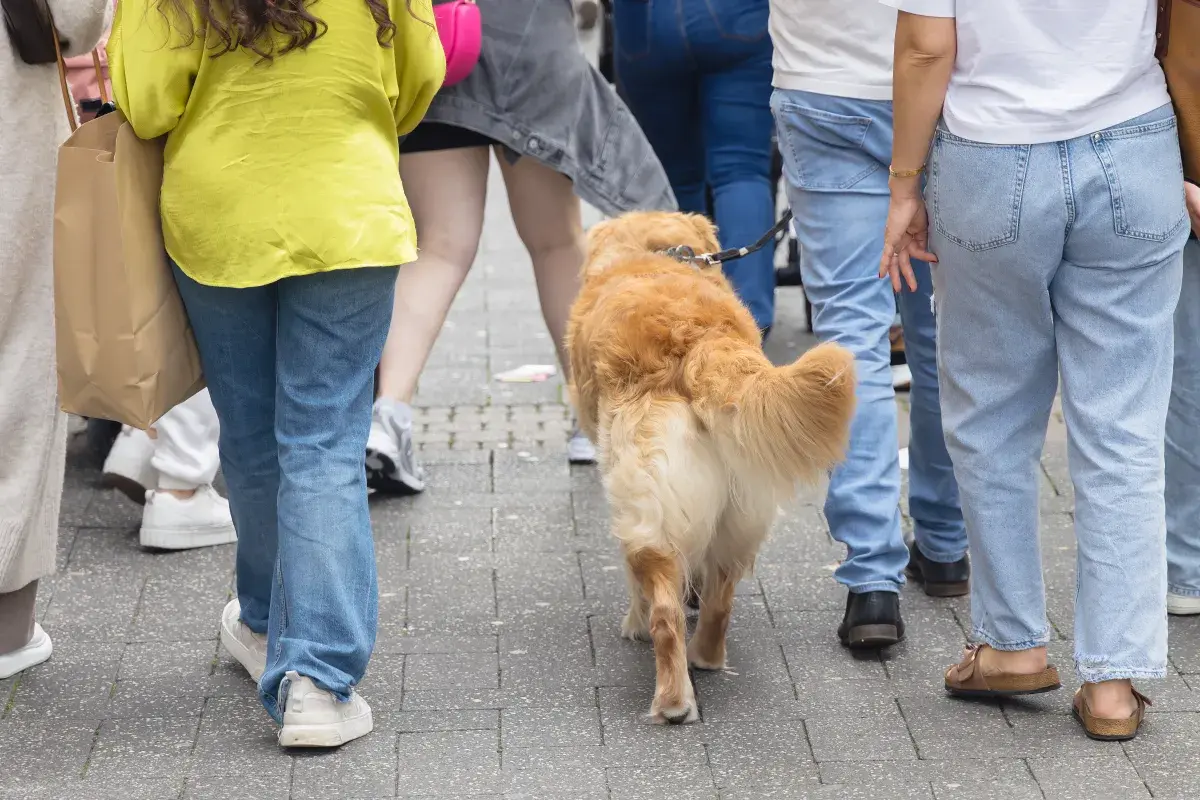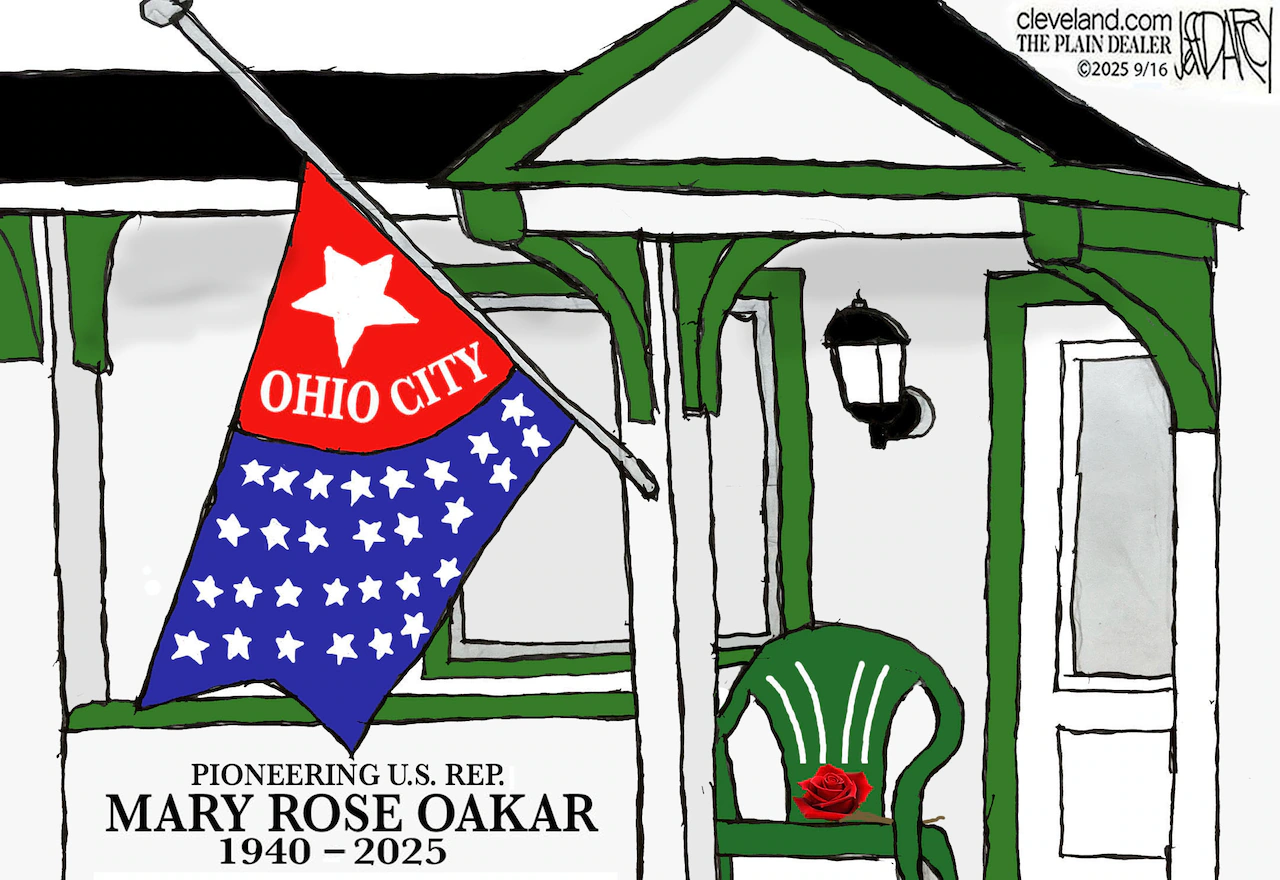These dog breeds might struggle most in cities-experts explain%%page%% %%sep%% %%sitename%%

Americans flock to cities for economic opportunities, cultural attractions, and convenient access to restaurants, shopping, healthcare, and education. But while these urban perks appeal to humans, they rarely hold the same charm for dogs. Some breeds adapt well to bustling streets and high-rise apartments, while others may find city life overwhelming.
According to Smart Apartment data, 78.5 percent of rental properties are described as pet-friendly. Yet fewer than 10 percent actually allow pets without restrictions—despite marketing themselves as welcoming to animals.
“Cities are very unnatural to dogs,” said Dr. Vanessa Spano, a veterinary behaviorist at Schwarzman Animal Medical Center (AMC), the world’s largest veterinary teaching hospital. “While they have been domesticated for thousands and thousands of years, dogs are not meant to live in crowded cities filled with foot traffic of people, other dogs, loud sounds, and quick movements. It is difficult to meet a dog’s innate needs, based upon what they were bred for.”
Breeds Least Suited to Urban Environments
Spano highlighted several breeds that are particularly unsuited to the noise and stress of metropolitan life:
Herding dogs: Shepherd breeds such as German and Australian shepherds, border collies and Cattle Dogs
Hounds: Coonhounds, beagles and greyhounds
Sporting dogs: Labradors, golden retrievers, setters and springer spaniels, which were bred to locate and retrieve fowl
Terriers: Pit bulls, Westies and Schnauzers, bred to dig and hunt vermin
You may also be surprised to learn that dachshunds made the list. Spano told Newsweek: “They were bred to hunt, capitalizing upon their keen senses of smell and sight.”
The challenge, Spano explained, is that “the things the above breeds were bred to do is mostly not possible in a city, which can lead to frustration and anxiety.”
Characteristics That Make Some Breeds Struggle
Spano cautioned: “We should refrain from applying a general statement to an entire species, because just like people, every dog has a unique combination of genetics and upbringing dictating their individual personalities, and subsequently, resilience to apartment—and city—living.
“However, a large amount of dogs do unfortunately deteriorate, not necessarily because of an apartment itself but because it is in an urban environment.”
Joe Nutkins, a Kennel Club–accredited dog trainer in the United Kingdom, told Newsweek: “Breeds who have a very active style of personality and love to be outside, in natural spaces can find the pace and energy of city living harder. It is individual to each dog but breed types who have a purpose such as herding, tracking, field work can also find being in the center of the city difficult unless they get to be taken to different surroundings regularly or they have their needs met at home.”
These include border collies, Vizslas, Chesapeake Bay retrievers and beagles, states Nutkins.
Environmental Factors That Can Heighten Stress
City environmental factors such as constant noise, dense foot traffic, and limited access to green space can heighten stress and make it harder for dogs to relax. Nutkins noted that even some smaller breeds with high energy levels can become stressed if they cannot regularly run free or engage in mentally stimulating activities.
Nutkins added that border terriers, springer spaniels and Dalmatians can be particularly sensitive.
She said: “Some breeds can be noise sensitive naturally as they are bred to use their hearing while working so being in a noisy environment can increase the anxiety around noise even if that’s all they have known. A herding type breed, working breed or breed known for a more nervous personality that moves from the country into a city area can find this stimulus overwhelming and then combine with the change in outdoor space can make it even harder.
“Dogs who have working lines in their ancestry can find not using their skills difficult while dogs who are intelligent and are built for stamina can need an outlet for all that energy so not having the green space nearby can affect them.”
Spano explained: “It is easy to ‘trigger stack’ in a city environment, even for people. Whenever a dog, or human, experiences a stressor, his/her stress hormones (cortisol and adrenaline) spike, and it can take hours to days to reach a calmer baseline. With multiple triggers coming at a dog in even just one walk, and then multiple walks per day, it can be difficult for dogs to ever recover from trigger stacking. This makes it more likely for dogs to react more intensely towards seemingly innocent stimuli, like other dogs or people, because they are rarely at a calm baseline.”
Can High-Energy Breeds Thrive in Cities?
Nutkins said: “Breed to breed each dog has their own character but Malinois, Husky, some terriers like Jack Russell and Patterdale Terriers can find solely in an urban environment more restrictive and less stimulating. However that doesn’t mean they cannot live in these areas as with so many secure dog fields, different dog sports and activities and ways to interact with our dogs now there are numerous ways to provide everything a high energy dog needs even when not in a perfect environment.”
Spano added: “Dogs do benefit from aerobic exercise, but when this exercise is limited to walks on city streets and dog parks (the latter which are often too small and overcrowded), this aerobic exercise can become stressful and negatively impact mental health. Many owners in the city feel stuck—the dog is trigger stacked from the urban environment and more likely to have agonistic reactions towards other dogs as a result. It then becomes unsafe and stressful to take the dog to the only, nearby off-leash option, the dog park.”
Warning Signs Your Dog May Be Struggling
Nutkins explained that signs a dog may be struggling in an urban environment include:
Becoming very shut down and unable to understand the environment
Digging the carpet
Chewing the edges of the sofa
Gnawing table legs
Munching on new leather shoes
Itching a lot when there is nothing obvious to see
Nibbling paws, tail, or rump
Stealing items to get you to chase them
Barking at owners for attention
How To Help a Dog Adapt to City Life
A survey of 6,000 pet dogs back in 2020 found something surprising: many dogs struggle with social fearfulness—that’s the fear of other dogs or unfamiliar people. And it’s especially common in city dogs.
Pups that didn’t get much socialization when they were young, have little training or exercise, or are small, female, or neutered were more likely to be anxious. Breed differences also hint that genetics might play a role.
The good news? The study suggests that giving dogs plenty of positive social experiences, keeping them active, and improving breeding and management practices can go a long way toward reducing fear and boosting their overall well-being.
Reference
Puurunen, J., Hakanen, E., Salonen, M. K., Mikkola, S., Sulkama, S., Araujo, C., & Lohi, H. (2020). Inadequate socialisation, inactivity, and Urban Living Environment Are Associated with Social Fearfulness in Pet Dogs. Scientific Reports, 10(1). https://doi.org/10.1038/s41598-020-60546-w



